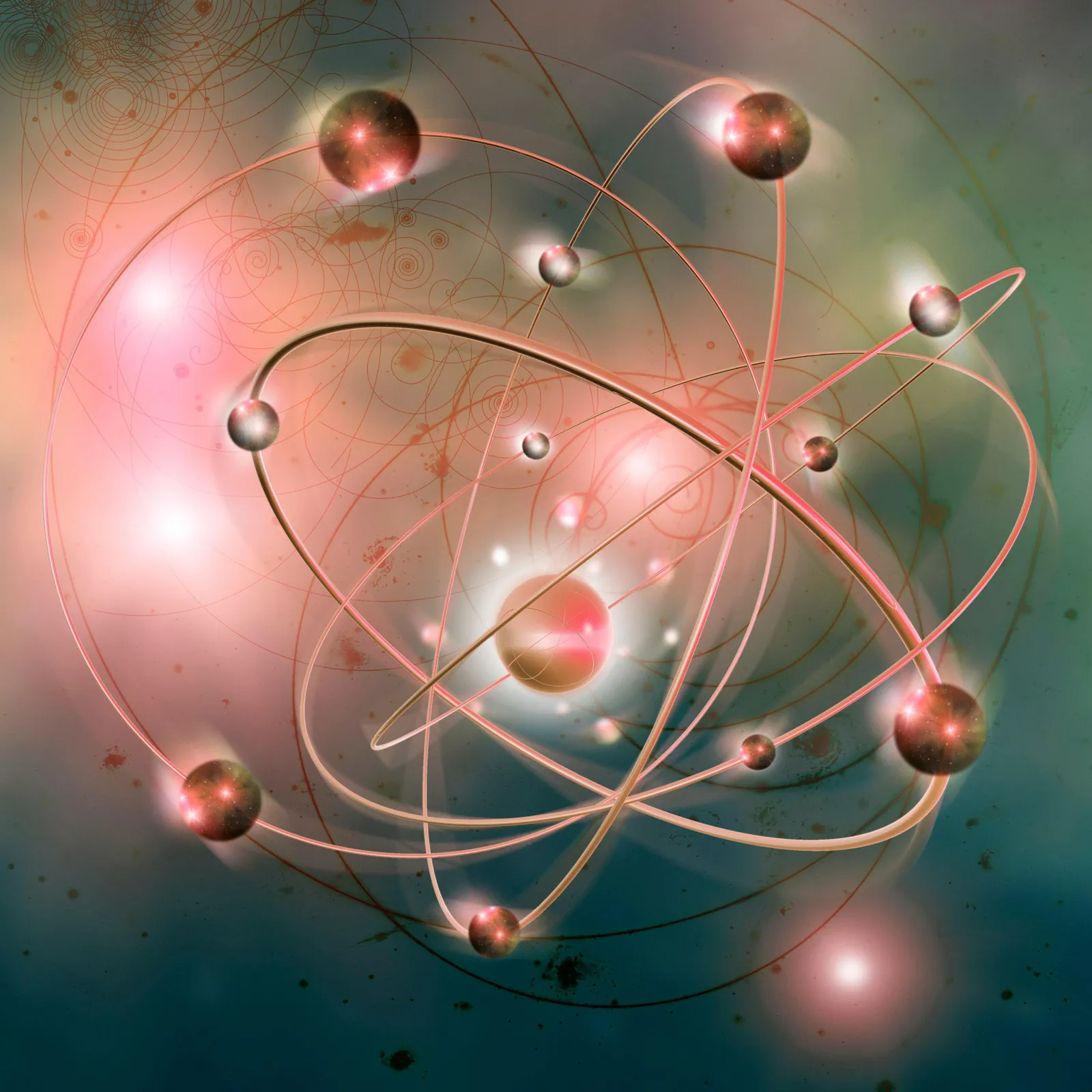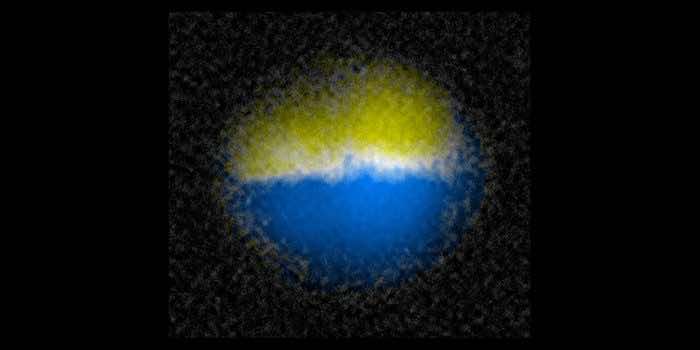University of Chicago scientists manufactured a unique form of a quantum object at will in the lab. As a result, researchers will better understand new quantum particles. In addition, they offered potential directions for new technologies and included future technological possibilities.
The findings of the study were published in the journal Nature. Scientists investigated new quantum systems and physics. At incredibly low temperatures, scientists discovered an unusual phenomenon in atoms. Under the right circumstances, groups of atoms can separate into domains. At the point where they meet, a “wall” is formed. This domain wall acted as if it were a separate quantum object.

Scientists in quantum materials developed these domain walls. However, they have previously been unable to create and analyze them properly. Moreover, scientists devised the formula and conducted extensive research on the walls. They saw unusual behaviors.
The main author of the study, Ph.D. student Kai-Xuan Yao, compared the phenomenon to sand dunes, adding, “it’s [like it’s] made up of sand, but the dune acts like an object that behaves differently from individual grains of sand.”
“We have a lot of experience in controlling atoms,” he said. “We know if you push atoms to the right, they will move right. But here, if you push the domain wall to the right, it moves left,” professor Cheng Chin, study’s co-author, described.

These domain walls are classified as “emergent” phenomena. This implies they appear to obey new physical rules. This is due to multiple particles working together as a group.
Chin’s team of scientists hopes that their research can help open new quantum technologies by adding to this field.
“There may be applications for this phenomenon in terms of making programmable quantum material or quantum information processor — it can be used to create a more robust way to store quantum information or enable new functions in materials,” Chin explained.
“But before we can find that out, the first step is to understand how to control them.”
Scientists believed they could shed light on a set of laws called dynamical gauge theory. These describe other emerging phenomena in materials and the early universe. The same phenomena likely held together with the first particles. They clumped together to form galaxies, stars, and planets.

As with other quantum mechanics discoveries, the implications of this discovery might be far-reaching and can become the basis of future technology, but they are unlikely to be realized for many years.


